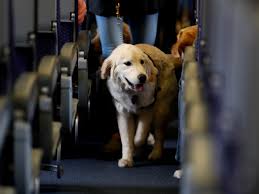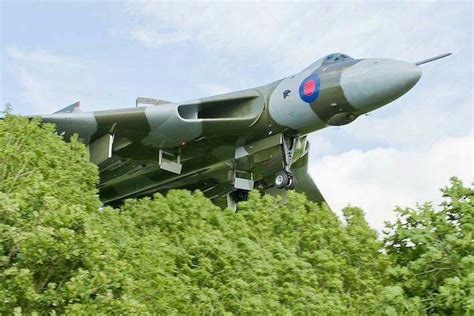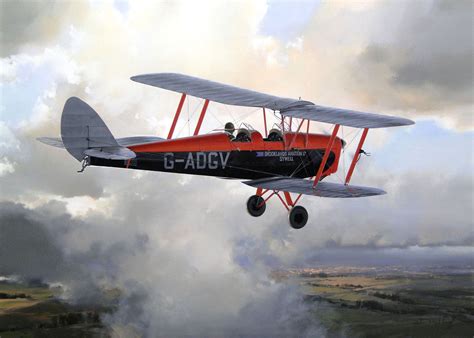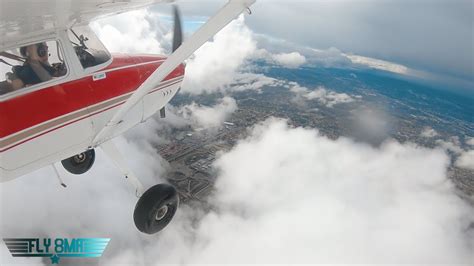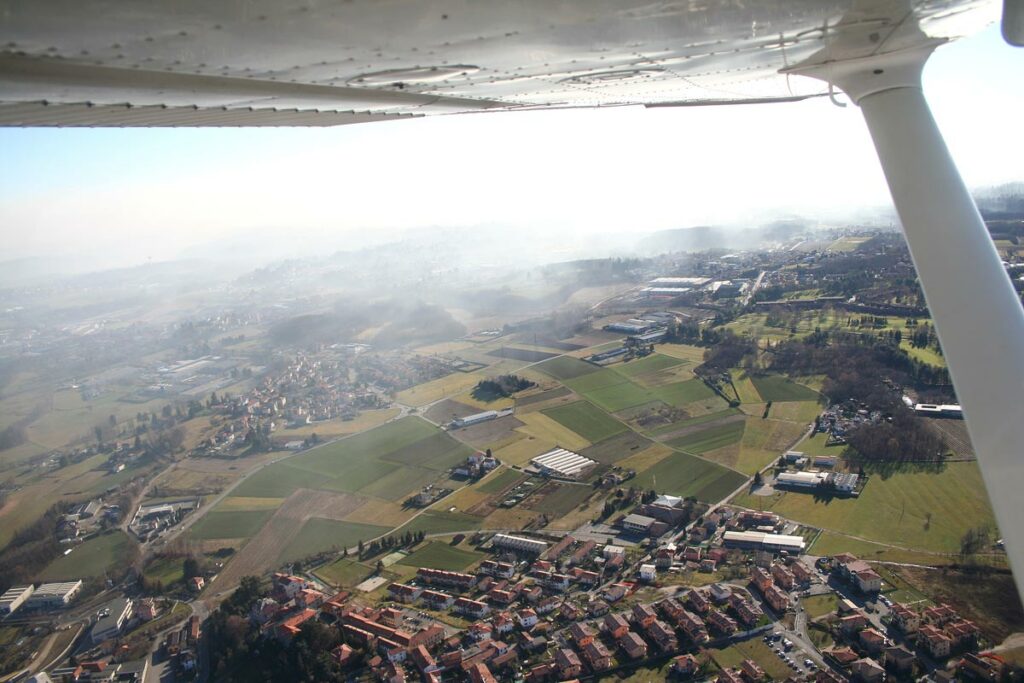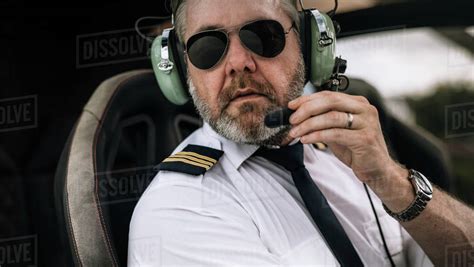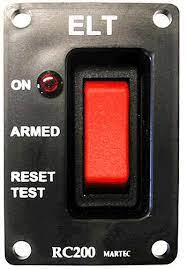
1. Need for ELT
- You must not operate an aircraft
- without an ELT (AF) installed in the aircraft.
2.Code Details
- An ELT that operates on 406 MHz
- must be coded with the (ITU) country code
- and any of the specified list of information,
- and you should notify the RCCNZ of
- the coded details

